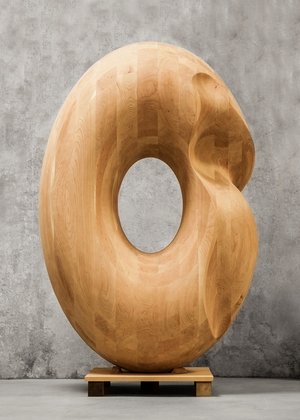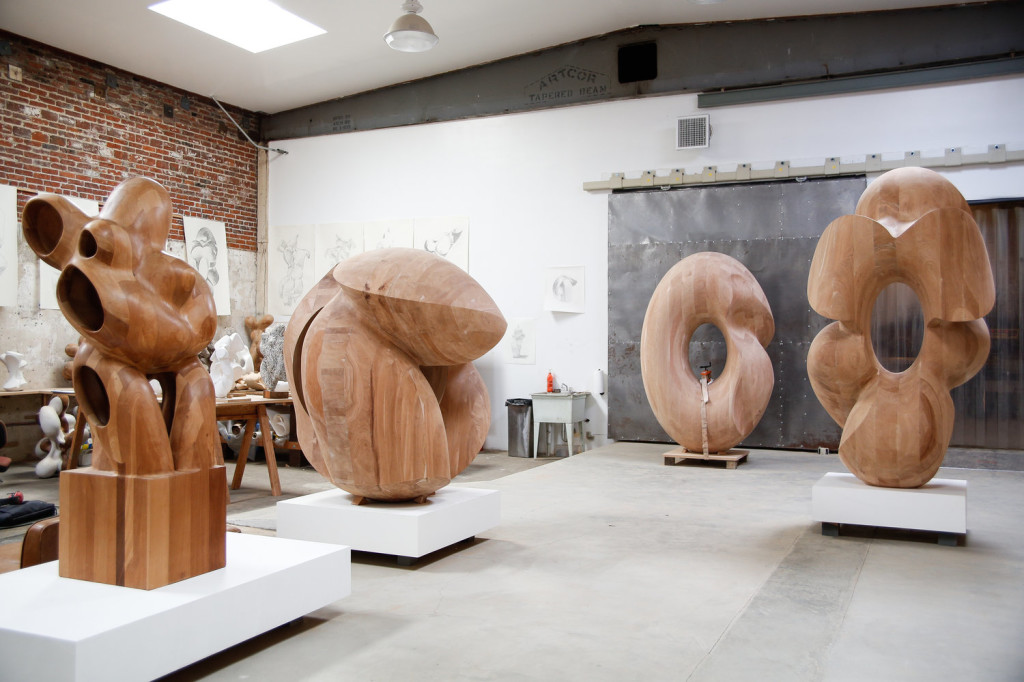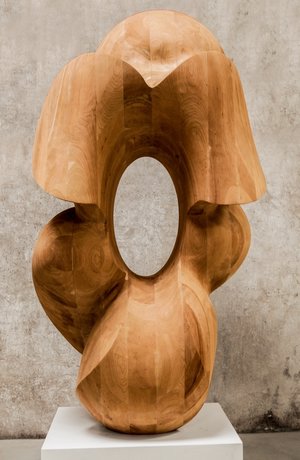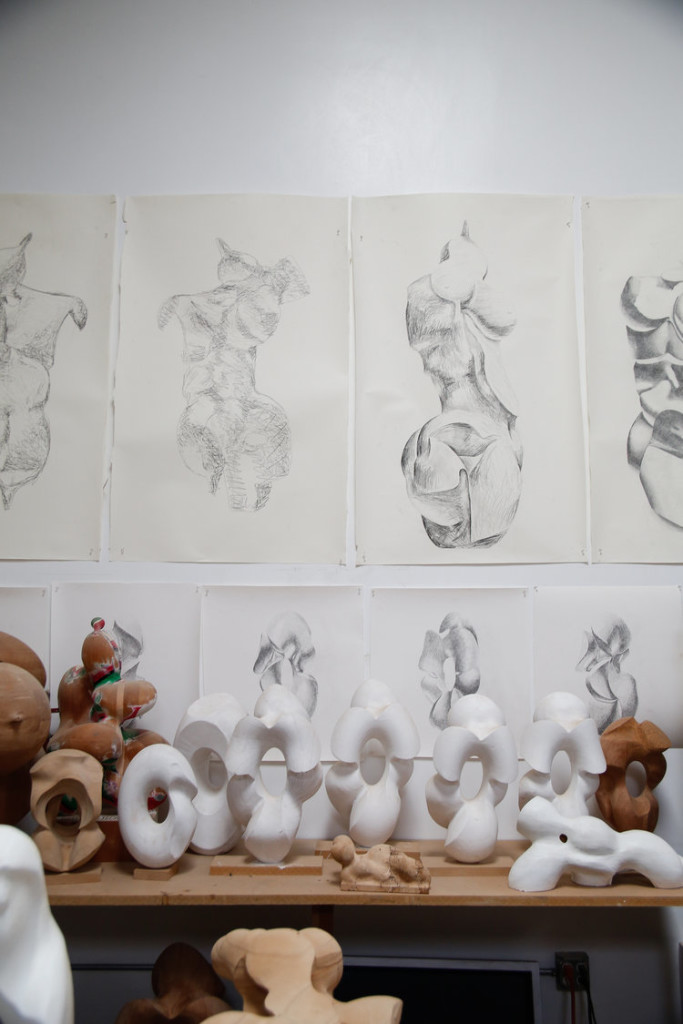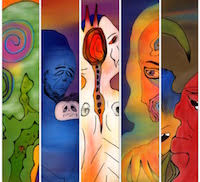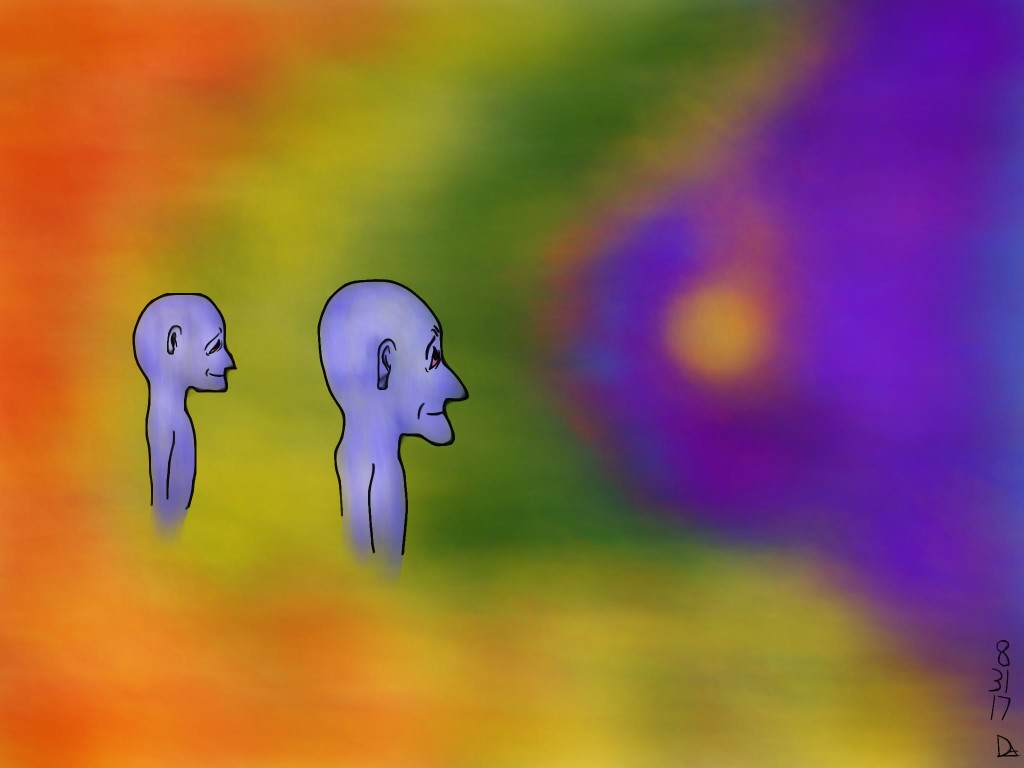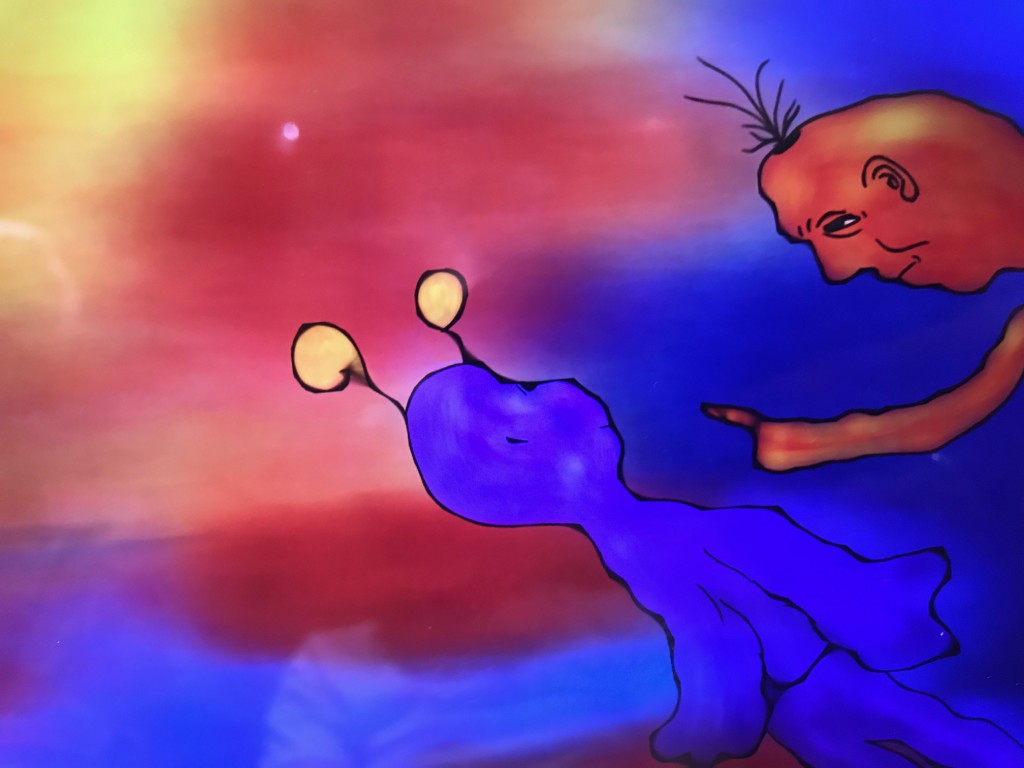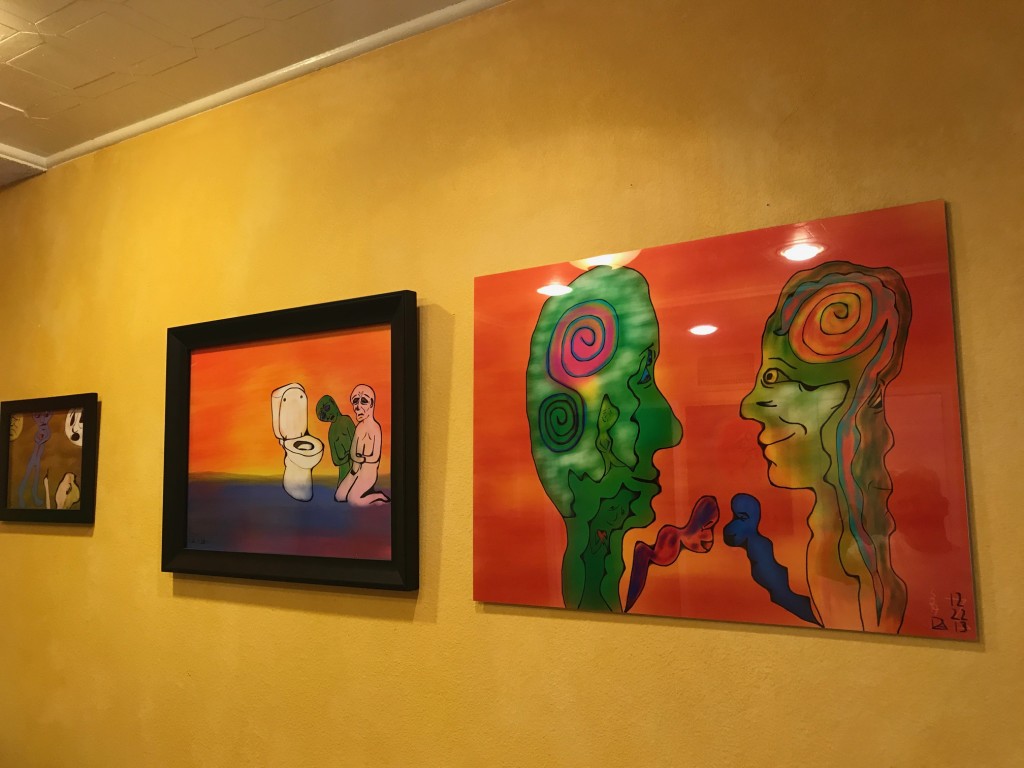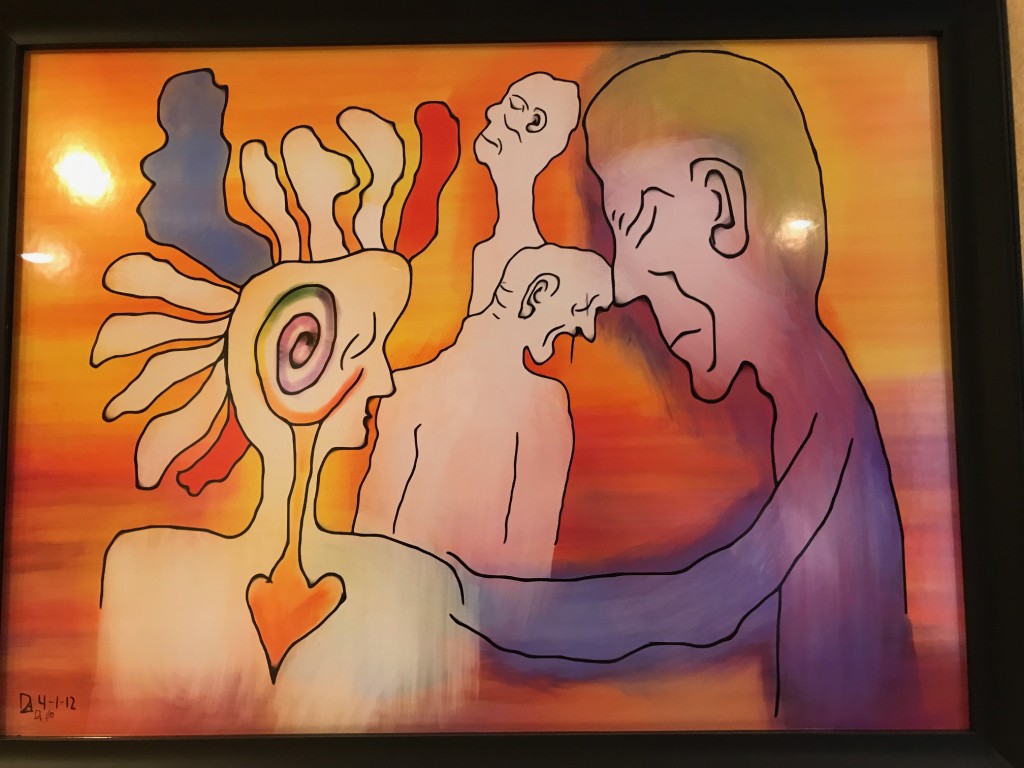Swirling digital art captures the mind, body, and spirit of artist Daniel Leighton, whose vibrant, entirely unique, and both literally and figuratively moving work is like nothing you’ve ever seen.
Leighton, who works on his iPad creates work that vibrates and hums with energy.
“I use my body to determine what to draw. The canvas is where my mind and body connect. I start with a line. As I draw I notice where my body wants me to go. I begin to see a story emerging. As I fill the story in, I get swept up in it and it acts as a conduit to my emotions,” Leighton explains.
“Sometimes, I start with a feeling and sometimes I start with a thought or specific scene or idea I want to portray. When I start with a feeling, which could be a physical or emotional, I might draw a face as a way of trying to connect with what I feel. I am, in essence, creating an emotional mirror for myself. I can look at that picture and identify an emotion from past or present that is held within me. When I start with a more specific thought, it morphs into something that may look different than what I imagined, but still conveys the same feeling. Whichever way it happens, I love to see what emerges.”
From there, Leighton goes through an extensive color testing process, working with different papers, printing methods, and labs, and leading to an extensive enlarging process that involves both machine and hand-work.
“Since the iPad is backlit to create the luminosity was key for me and getting the perfect prints. At the time I started, nobody knew how to do what we were trying to do because the technology and the way I was using it was so new. I wanted to make sure there was nothing lost in translation when moving from what I painted on the iPad to producing a print.”
Leighton believed so strongly in his work that he knew instinctively it had to be produced in the highest quality possible.
“I also knew that anytime an artist uses a new medium there can be resistance. This would be the first work many viewers would see that was painted on an iPad. I knew there would be skepticism from some since it was an iPad painting. I wanted to make sure the beauty of the piece and the quality of the piece would overcome that skepticism. “
To achieve that quality and resonance, Leighton works hand in hand with his wife, Anna, who is his partner in art as well as in his personal life. Both muse and partner, she’s worked with Leighton for 17 years.
“Anna is the person I most like to share my art with. She’s also the person whose opinion I value over all others. She has taught me more about art than anyone else and has been instrumental in becoming the artist I am today,” Leighton attests.
“Anna gets credit for figuring out how to enlarge pieces and finding the best ways to produce the pieces, including the methods, mounting and framing. When we inspect proofs, Anna has eagle eyes. If there is an issue with the print, she will catch it. She gives feedback on finished pieces and when I hit a block, she helps get me unstuck.”
Perhaps most importantly at all, Anna gets credit for convincing Leighton to start working with Augmented Reality five years ago.
“In addition to everything above, she is very involved in products, marketing, demoing, figuring out which pieces we put in a exhibit and helping me shape the messaging around my work, from speeches to grant proposals and everything in between,” Leighton explains.
Leighton’s work has evolved since he began to incorporate AR into his work – but the two processes are not intertwined per se, he relates.
“My work involves two separate processes, first painting and then creating the Augmented Reality. I’ve purposely kept the two processes separate because my painting process is sacred and involves a part of me that I want to both keep safe and vulnerable at the same time. Because of this, I would say that my paintings have evolved but I wouldn’t say they have evolved much related to my use of Augmented Reality. I often see motion in my paintings, but that was always the case, and it’s still there even without AR. Using AR, however, allowed me to bring in motion in a more direct, explicit way.”
He notes, however, that the AR itself has evolved quite a bit. “I think it has become more emotional and I continue to evolve in terms of using it as a tool to tell the larger story that is contained in the painting. That story becomes more fleshed out, immersive and cinematic in the Augmented Reality. I have also been using it to make a more personalized experience for the viewer and that is going to continue to evolve quite a bit, as well. I have so many plans for where I am going to take this…it is very exciting!” he enthuses.
While the time to create a finished piece varies, he notes that some have taken years and some have “poured out” in one 8-10 hour session.
“Most of my newer pieces are becoming more and more complex so the time it takes to create them has expanded exponentially. The AR, of course, is a whole other ballgame. It’s been a years long and ongoing process. I had to learn a new development tool and a new programming language as well as all of the parts that go along with creating an app including navigating the app-store maze. This is on top of me programming since I was 11,” he adds. “And it’s still an ongoing process to keep it updated technically, increase my abilities and adding new content and features. In addition, many of the pieces have received and continue to receive updates. So, the art evolves over time, as does the viewer’s relationship with it.”
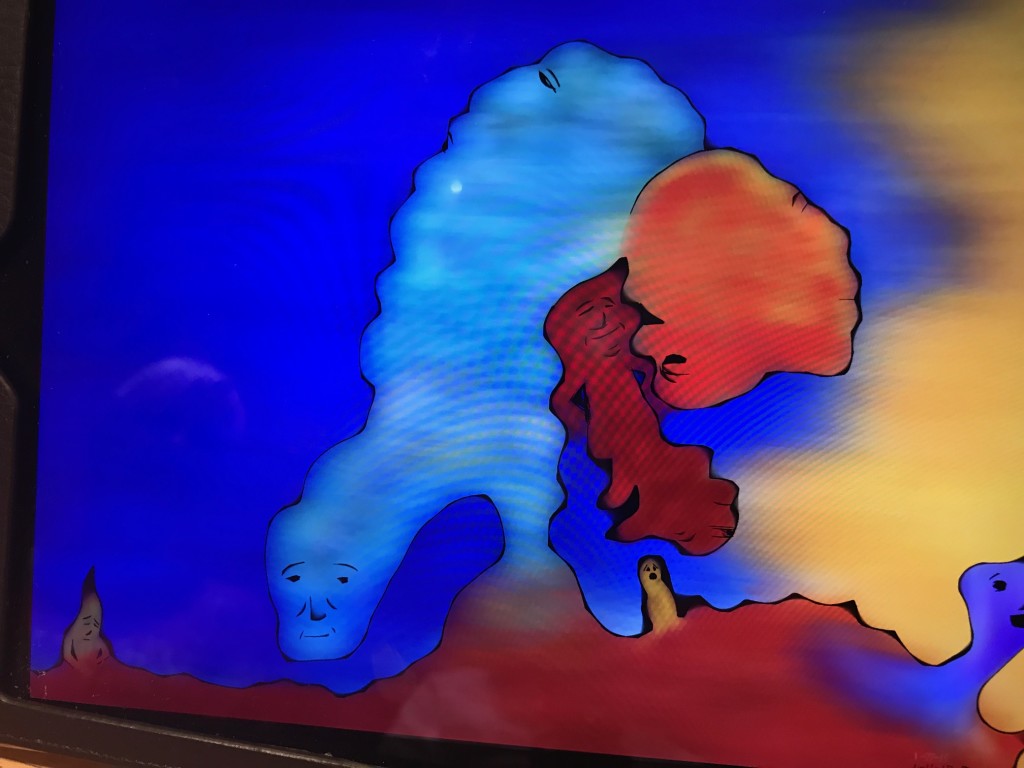
Leighton’s use of color and brush strokes is lush, and he calls his technique primarily instinctual. “Sometimes, a color flashes in my head as I’m drawing or as I’m thinking about the meaning of the piece. Sometimes, I might attach a color to a feeling and I will start there. Once I start, I am working with a combination of instinct and feeling and desire – something pops in my head, I see how it feels and see if I like it. I like to layer on paint so that there is a thick foundation and I like a blend of contrast and harmony between figure and background. So that the figure stands out and plays off the background to create a sense of depth and space between the two. But, I also want the possibility of harmony between them. Sometimes that is right there in the piece and sometimes, if the story/theme of the piece calls for it, I will create more turbulence; something that must be overcome to find that harmony.”

What does Leighton most want people to know about his art? “My work portrays emotional truths about the human experience. If someone resonates with one of my pieces, it is likely because they recognize that truth and it has some significance in their life, either through their own internal experience or through something they have witnessed in someone else. I want them to examine that and allow that process to bring them closer to the truth of who they are. Once you can get to that place, you’ll find peace and the power to become the best version of yourself.”
Leighton’s work will be exhibited at the
San Luis Obispo Museum of Art (
SLOMA) in San Luis Obispo. The show opens
April 20th, and there will be a panel discussion
April 21st at 2 p.m. It will be well worth the drive. For more information, visit Leighton’s website.



